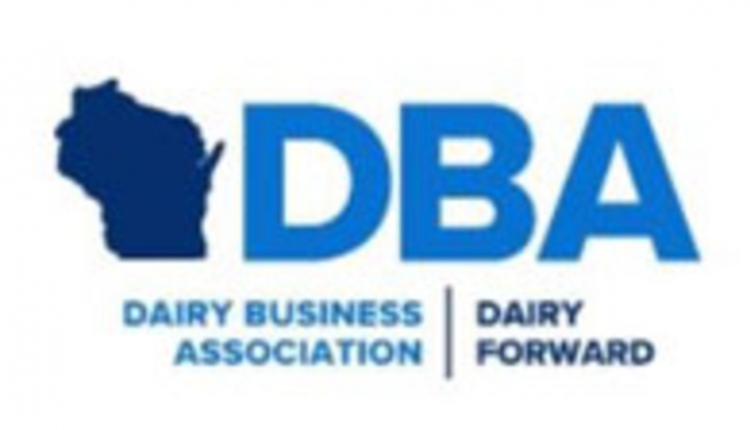A year has passed since Canada circled its collective domestic milk market wagons and deployed the Class 7 milk pricing strategy. Since then, Canadian and U.S. dairy interests have sparred in a heated exchange. We must ask whether the terse rhetoric will continue or will practical diplomacy eventually win the day?
Last year, the most disruptive period in modern-day milk marketing erupted when Canada incentivized its processors to buy domestic milk protein isolates. That action immediately shut down product flows from U.S. supply channels, ultimately causing one American dairy processor to shed milk patrons while other co-ops abruptly lost sales. While tragic from a U.S. perspective, for Canadians it was a must-do endeavor to keep the country’s supply management-based milk pricing system in equilibrium.
As Canada set in motion its domestic Class 7 milk protein isolate program, its provincial dairy quota managers also unfurled the largest allotment of new quota to its dairy farmers in well over a generation. It’s fair to say that the new quota allotments were necessary to meet the country’s growing demand for butter. But there was a marketing by-product from that decision . . . more Class 7 milk protein isolates and skim milk powder ginned out by Canadian dairy processors. As a result, skim milk powder exports skyrocketed 200-plus percent in 2017 alone.
It’s that accelerating production of Class 7 product that causes the greatest consternation for Americans. Given the cost structure, there is no doubt Canada is selling . . . others may even say dumping . . . excess product on the world stage at prices below the true cost of production. That’s not only unfair to the U.S., but to New Zealand, the EU, and other exporting dairy countries. That’s one reason that the NAFTA (North American Free Trade Agreement) renegotiations have kept dairy concerns high on the agenda.
Most American dairy negotiators would like greater access to Canadian dairy markets. That may sound like a good idea on the surface. However, everyone must keep in mind that Canada’s consumer markets collectively are one-tenth the size of America, and its dairy industry is smaller than Wisconsin’s. Practically speaking Americans must ask, “How much new dairy product sales could the U.S. truly gain?”
We think very little.
The “open your markets” mantra also comes with deep perils. Every U.S. dairy leader who makes statements regarding Canada allowing greater access to consumer markets must fully understand the political ramifications. In fact, we believe there isn’t a Canadian politician who will speak against dairy supply management.
Last May, Andrew Scheer pulled off an upset for the ages by defeating Maxime Bernier on the final, 13th ballot for leader of the Conservative Party of Canada.
How did Scheer knock off Bernier?
Two words — supply management.
Bernier had argued during the long Conservative leadership campaign that supply management for eggs, dairy, and poultry should come to an end.
Incensed, Dairy Farmers of Canada, and its counterpart in Quebec, organized voters against Bernier. Unlike U.S. primaries, Canadian electors register with the party and only those citizens can vote. Voter sign-ups were unusually brisk following Bernier’s “end supply management” stance. Dairy farmers were at the heart of those sign-ups in an election in which 141,000 individuals cast votes.
When filling out ballots, registered party members ranked candidates on a sliding scale with points assigned to each. After being a double-digit leader in pre-election polls, Bernier earned 49.05 percent while Scheer garnered a shocking 50.95 percent.
Scheer’s surprise win over Bernier left many pollsters baffled. When the postelection carnage was fully comprehended, supply management decided the outcome.
It was a stunner.
As for Bernier, “I won’t bring any policies to abolish supply management. If some members want, that will be their choice, but it won’t be mine,” Bernier said as he reflected on how he might rekindle his once promising political career. “I will have others things to fight . . .”
If that doesn’t paint a clear picture to U.S. negotiators that Canada will defend its dairy supply management system to the bitter end, then the individual must clearly have their head buried in the sand.
That brings us back to the middle ground . . . we recommend that the U.S. should focus on trade distorting Class 7 products and leave the rest of Canada’s dairy supply management alone.
In giving this advice, we cannot leave Canadians off the hook either. Given quota’s value to the farm balance sheets for every Canadian dairyman and woman, we must ask, “Will you defend Class 7 pricing strategies even to the point of intervention from the World Trade Organization (WTO)?” Or would the more prudent long-term approach involve compromise with the U.S. on the Class 7 products and reduce price subsidized exports of milk protein isolates and skim milk powder?










